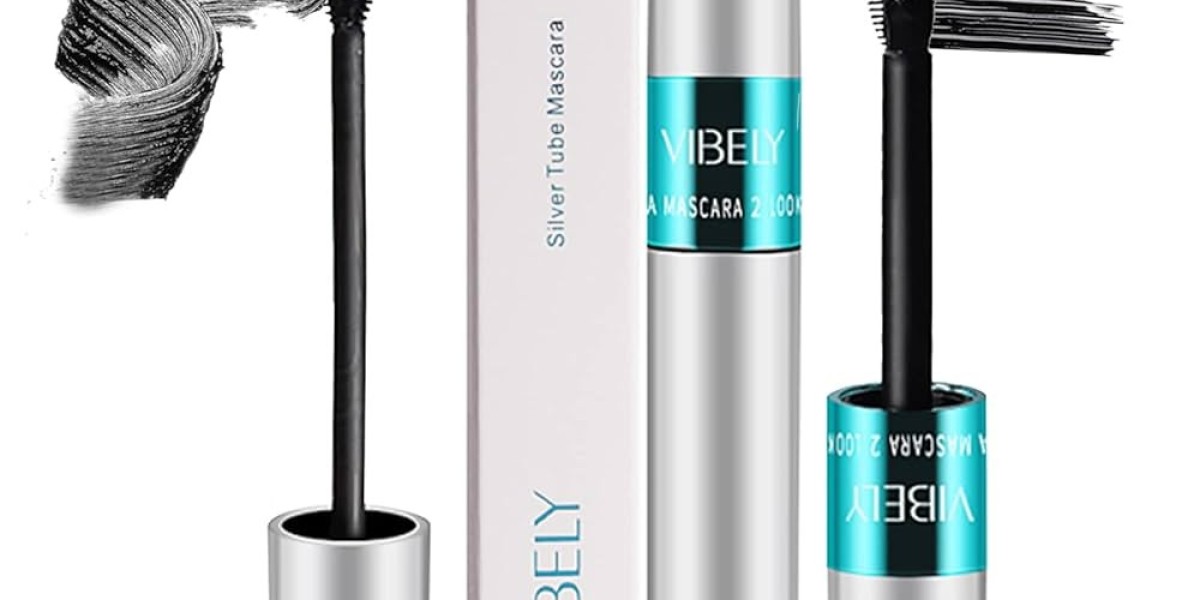With water restrictions, high maintenance costs, and unpredictable weather, many Australians are asking the question: is fake grass really worth it?
Synthetic turf has come a long way in recent years, offering lush aesthetics and durability that rivals natural grass — but it's not without trade-offs. Here’s a balanced look at the pros and cons of fake grass for Australian homes.
✅ The Pros of Fake Grass
1. No Watering or Mowing
Say goodbye to weekends behind the mower and skyrocketing water bills. Fake grass stays green year-round without irrigation or fuel.
2. Low Maintenance
No fertilisers, pesticides, or edge trimming. Just the occasional brush-up and rinse to keep it looking fresh.
3. All-Weather Use
From heavy rainfall to summer heatwaves, synthetic turf drains quickly and resists damage — so it’s usable and clean in any weather.
4. Pet & Child Friendly
High-quality turf is non-toxic, soft underfoot, and mud-free — making it ideal for families with active kids and pets.
5. Great for Small or Shaded Areas
It thrives where natural grass won’t — such as courtyards, balconies, or shaded backyards with poor soil.
❌ The Cons of Fake Grass
1. Initial Installation Cost
Upfront costs can be higher than natural turf, especially when installed professionally — though this often pays off long-term.
2. Can Retain Heat
In full sun, fake grass may get hot underfoot. This can be managed with shaded areas, lighter infill, or occasional hosing down.
3. Less Eco-Friendly if Poorly Made
Low-quality turf may not be recyclable or may contain harsh chemicals. Choose a trusted supplier with sustainability credentials.
4. Doesn’t “Grow Back”
Unlike natural grass, synthetic turf won’t self-repair if damaged. Repairs require patching or replacement.
So, Is Fake Grass Worth It?
For many Australian households, the benefits far outweigh the drawbacks — especially when appearance, water savings, and ease of maintenance are top priorities.






